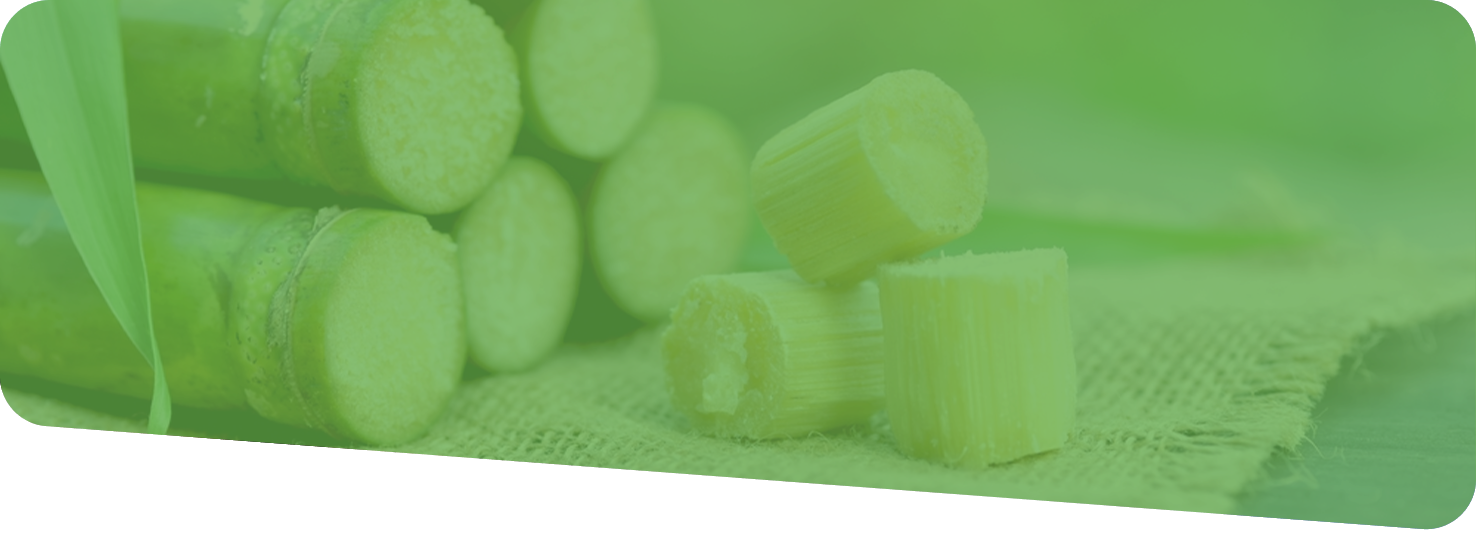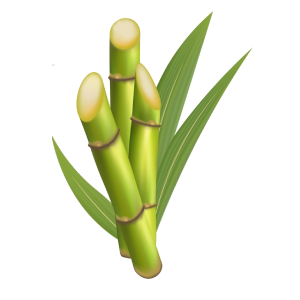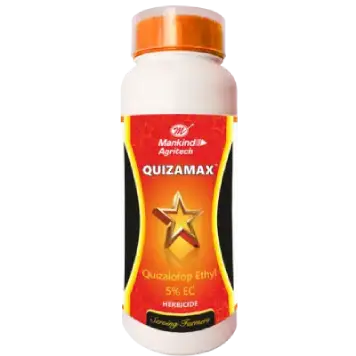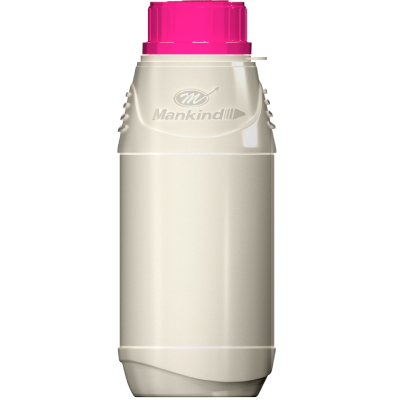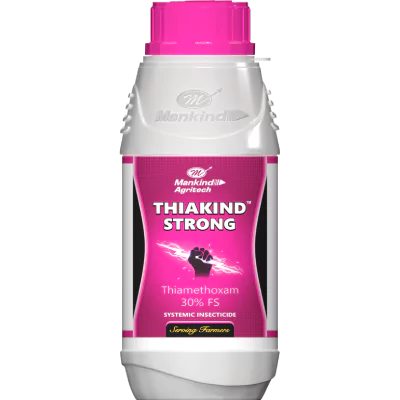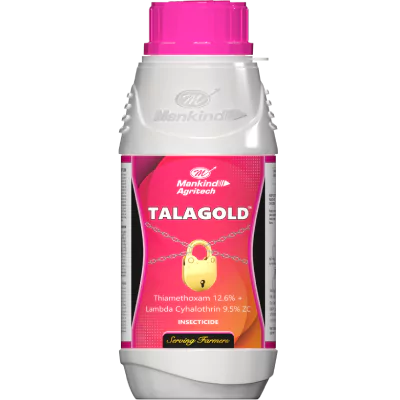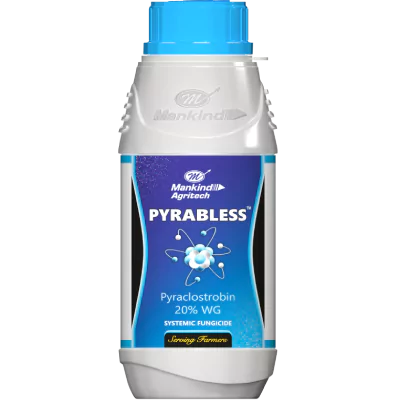Soybean
India is one of the major producers of soybeans in the world. The soybean crop is primarily grown in the central and western regions of the country, including states such as Madhya Pradesh, Maharashtra, Rajasthan, and Gujarat. In recent years, the production of soybean in India has been increasing steadily. According to the Ministry of Agriculture and Farmers Welfare, the total area under soybean cultivation in India during the 2020-2021 crop year was 110.17 lakh hectares, with a total production of 129.66 lakh tonnes. Madhya Pradesh is the largest soybean-producing state in India, accounting for more than 50% of the country's total production. Maharashtra and Rajasthan are also significant producers, contributing around 25% and 10%, respectively. Soybean is an important crop for India, as it is used in a variety of ways, including for the production of vegetable oil, animal feed, and various food products. The demand for soybean in India is expected to continue to grow in the coming years, as the country's population and economy continue to expand.

